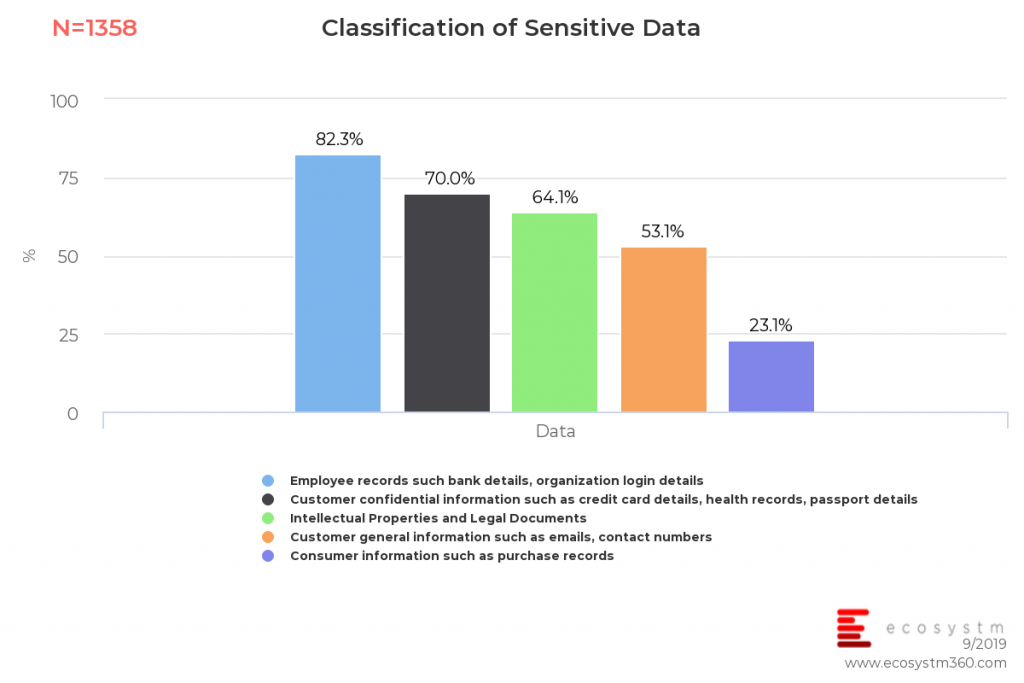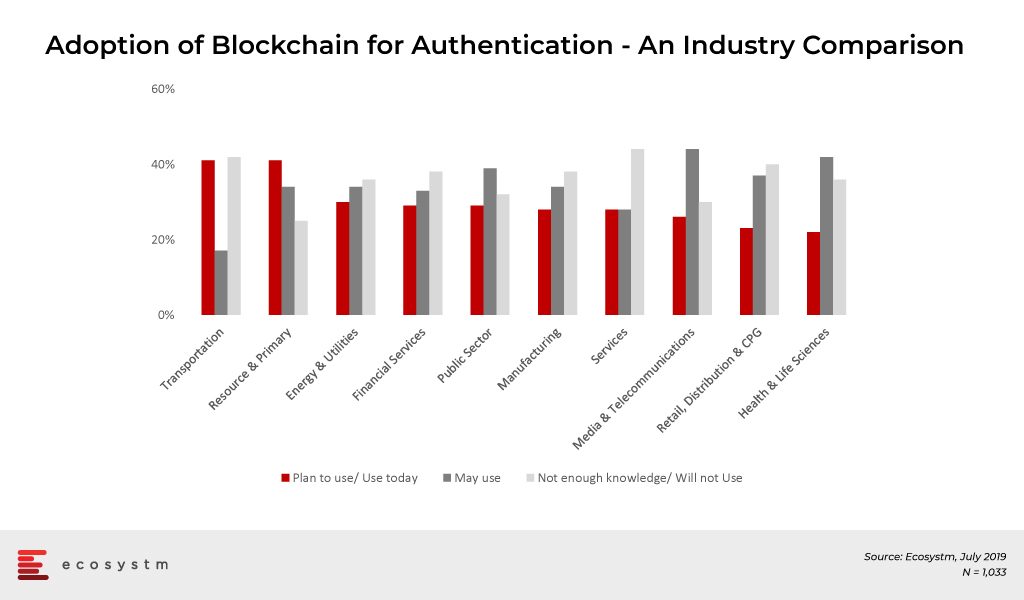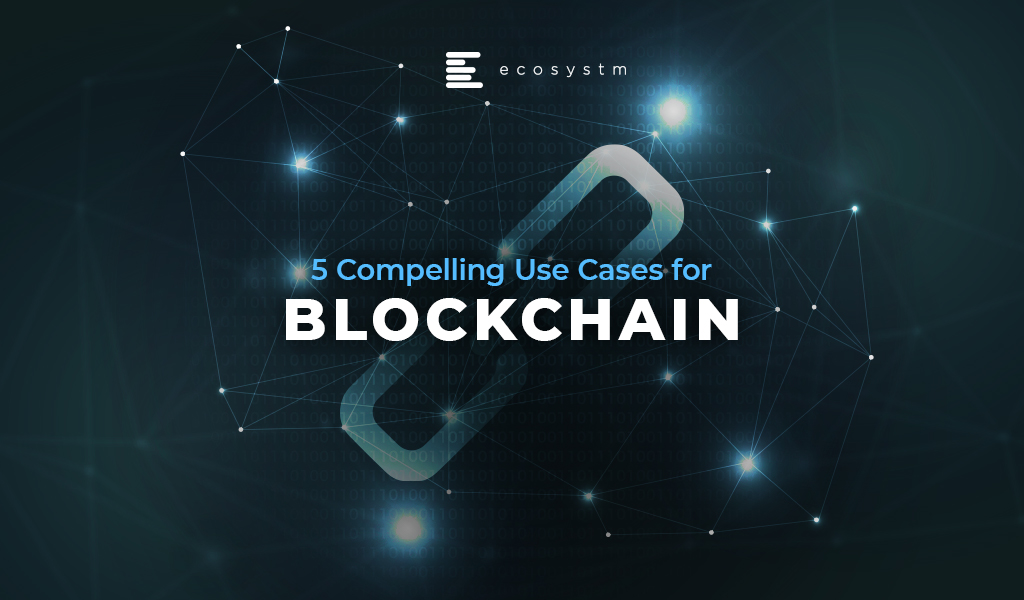I was a guest last week at the NICE Interactions Summit in Sydney and it was great to hear from executives from NICE talk about the journey the company is taking their customers on. Australia and New Zealand are witnessing good adoption of cloud contact centres and many organisations (as covered in some of previous blogs) are at the inflection point of investing in a cloud contact centre, machine learning, customer journey mapping and predictive analytics technologies to drive greater customer experience (CX). Across Asia Pacific and in the ASEAN region, more organisations are at the verge of embarking on transformational CX projects to help them raise the bar on CX in a highly competitive environment. We can expect the adoption of cloud contact centres to grow rapidly in the next few years across the Asia Pacific region as companies move from expensive and traditional legacy environments to agile platforms.
Investing in Analytics and Cloud
Darren Rushworth, NICE’s Managing Director APAC, talked about how NICE has moved from being an infrastructure player to become an analytics company and talked about the acquisitions that are helping them alleviate their game in CX. Key acquisitions since 2016 have been instrumental to shaping their offerings and these include Nexidia, an Interaction Analytics software company and InContact, a cloud contact centre vendor. In 2019 NICE acquired Brand Embassy, whose technology brings to CXone a full range of integrated channels, enabling any digital channel to be integrated into customer service operations. In a Mobile First economy where customers want the applications of their choice, allowing customers to use the social media or messaging application of their choice in their contact centre interactions, will be critical. The Brand Embassy platform supports more than 30 channels and these include Facebook Messenger, Twitter, Apple Business Chat, WhatsApp, LinkedIn, SMS, email, and live chat. This is an important acquisition and not many contact centres have addressed the issue of allowing multiple forms of messaging to be used when customers want to communicate an issue or get answer to a query. Customers are gravitating towards social media platforms and messaging apps for daily communication and being able to integrate those channels to the contact centre is important.
The Move to the Cloud with NICEinContact
It was interesting to hear Tracy Duthie, Head of Service Development at 2degrees Mobile talk about why they deployed a NICEinContact solution. She talked about 2degrees having too many legacy systems that were not all integrated. The problems with not having the systems integrated drove the team to think hard about embarking on a journey with NICE. The objective was to grow their market share and to drive greater contact centre efficiency. She mentioned that 2degrees were keen on a SaaS option and it was not just about replacing the legacy solution. The move to the cloud as many organisations are starting to tell me, is to drive transformation and further innovation including deploying agile methodologies to deliver great CX. Also because this was a cloud deployment, they invested heavily in the network. This is an important aspect for an organisation when embarking on a cloud journey especially for mission critical applications such as voice, video and collaboration applications where latency and jitter can spoil the experience. Many times, I have heard customers blame the vendor for the technology. For cloud voice, video and other contact centre applications to work well in real time, the investment in the network must not be compromised especially when working on a tight budget. When this aspect is ignored, the problems discussed early are bound to arise. She also highlighted how important it was to eventually get the agents on board the new deployment and they adopted an open culture of allowing the agents to provide feedback and an open dialogue was initiated. As this was a big change from when they were running the contact centre in a traditional environment, the change management aspect was critical for the agents.
Compliance is something that has to be adhered to seriously
Efrat Kanner-Nissimov from NICE presented on driving a proactive compliance culture. This is a highly talked about area in the contact centre, given the increase in legislation around privacy and all countries having strict legislation around customer data and data privacy. Contact centres store sensitive customer information and knowing when to dispose off that data or for how long the data can be kept is an aspect that cannot be ignored. With what the banks have been through in Australia in recent times with the Royal Commission, serious questions around compliance and how compliant the agents are cannot be ignored. Ecosystm research finds that several organisations fail to identify what could be sensitive information. The journey towards a compliant environment starts with data classification, long before security roadmaps and solution implementations.

There is a greater emphasis on compliance and whilst many contact centres will claim that they have the processes in place, some of these have not been looked at for years. Compliance impacts the IT Manager, the agents, the Supervisor and ultimately the business. An automated compliance solution will help detect violations, prevent errors and allow for better visibility across different systems. She presented how Macy’s claims to have reduced their infrastructure and storage costs by 40%, through automating and deleting interactions that were no longer required. This helped lower IT costs and reduced time on audits. With the emphasis today on data privacy, data storage, data deletion and being compliant when you talk to your customers, the CX agents have a critical role to play in ensuring compliance.
Ecosystm comment:
Organisations across the Asia Pacific region are re-inventing how they look at CX as mentioned in my previous blogs. Banks, airlines, retailers, telcos and organisations from other verticals are investing in projects to drive transformation in CX. Applying deep analytics along every step of a customer’s journey will help the contact centre and the wider organisation better serve customers. The traditional methods of just looking at inbound and outbound interactions and setting KPIs for that, are no longer enough to drive this new vision. Machine learning, customer journey mapping and analytics, as well as shifting to the cloud is needed to drive transformation and agile ways of running CX. The Brand Embassy acquisition is an important one for NICE given one of the challenges not addressed by contact centres is integrating the various social and messaging applications and making them available to customers as a way to interact with the brand. This is an area contact centres have been looking to resolve.
In a highly competitive CX market where CRM, analytics, cloud and machine learning technologies are important aspects of a CX journey, NICE is investing in these areas to further strengthen their cloud contact centre value proposition. Compliance as highlighted earlier cannot be ignored and it is an area contact centres will be looking to invest in due to the multiple strict regulations underway across the Asia Pacific region surrounding how customers data is treated.
It can often be difficult to keep track of assets and transactions in a business, and that is where Blockchain is unleashing its potential. It is revolutionising enterprises with its shared ledger technology. There are numerous, and specialised, use cases of Blockchain but the adoption is nascent in most industries. There are a few early adoption use cases of Blockchain, however, which have the potential to replace traditional systems and processes.
In the global Ecosystm Mobility study, organisations are asked about the adoption of Blockchain as a means of authentication. Industries that appear most open to Blockchain adoption are those that have also embraced IoT for tracking and traceability.
Adoption of Blockchain for Authentication – An Industry Comparison

Across industries Blockchain technology is being used primarily for these use cases:
Supply Chain Traceability
Supply chain traceability allows producers, retailers, and consumers to track products from source to consumer. It connects all points in the supply chain, creating transparency and trust in the product. When a business comprises complex processes, a large and dispersed workforce, multiple locations and different operations, a lot of administrative and regulatory frameworks are required to manage and control the supply chain. Functions such as order management, procurement, import, delivery, tracking, and invoicing have their own unique set of requirements and processes. In several cases, especially across primary and retail industries, business complexity has been reduced with the use of Blockchain. The technology allows for improving digital assets and inventory tracking for better services and processes.
Blockchain is ensuring food safety by providing a complete view of the supply chain and creating a real-time trail of products – allowing a ‘farm to fork’ view. Walmart is a good example of how retailers can use Blockchain technology to ensure that they sell fresh produce. Fresh produce shipments can be tracked as they change hands from the farmers to the middlemen, to the distributor and finally to the store. This can have an enormous impact on containing food-borne diseases and food contamination. Not only does Blockchain increase food safety, it ensures fresher food since it secures production and packing dates.
Intellectual Property Intermediary (IPI), an organisation established under Singapore’s Ministry of Trade and Industry, is an affiliate of Enterprise Singapore and focuses on technology innovations in the industry that can empower enterprises to develop new processes, products, and services. IPI has identified Blockchain Technology for Food as an area where the industry can benefit from innovation. The ecosystem will also benefit from the information gathered, with the potential to further improve the production chain.
Fraud Prevention
Taking supply chain visibility a step further, Blockchain technology is being used for fraud prevention – especially payment fraud. Financial transactions are complex and involve multi-step processes and human intervention – involving collaterals, settlement, currency denominations, third-party mediation, and so on. It is often the prime target for fraudsters. The most common instances of fraud involve bank to bank transactions, mobile payments, and digital identity fraud, essentially by tampering with ID or using it an unsanctioned way – providing unauthorised access to digital systems and falsifying information.
Blockchain helps automate preventive measures enabling real-time information sharing which is transmitted on a chain of connected devices where all the nodes in a system verify the transaction. Since it stores the data on several nodes and every other user on the network has a copy of the entire data on the Blockchain, it is virtually impossible to hack or destroy it completely.
Earlier this year, Standard Chartered Singapore showcased their cross-border trade finance transaction which digitalises trade processes and financing documentation. Blockchain enabled the transaction between parties by digitally streamlining the documentation process while providing security and transparency between the partners. Not only does it support the clients’ entire supply chain, but it also creates a transparent way to provide same-day trade financing.
Non-profit organisation BitGive Foundation uses Blockchain technology to provide greater visibility to their donors into the receipt of funds and how they are used by sharing financial information and project results in real-time. The GiveTrack project is built on Bitcoin and Blockchain and is a user-friendly, data-centered and comprehensive user interface. People making donations can precisely track the donations and how the funds were used.
Legal & Compliance
In industries that have higher Compliance & Regulatory requirements, Blockchain can enable safe, secure, and scalable data-sharing. The industry is seeing instances of self-executing contracts, smart registries, secure and time-stamped documents with Blockchain. Blockchain is introducing abilities to record events for a long duration which might include indisputable claims, criminal records, case procedures to support the potential legal work.
Dubai launched a city wide blockchain strategy. Dubai Land Department is implementing blockchain to make property transactions secure, transparent and immutable, thereby reducing fraud and eliminating reams of physical documents. This impacts the entire ecosystem – customers, developers, the land department, utility providers, payment channels, and municipalities – to work in collaboration.
Shipping companies that need to enforce global contracts daily are also benefitting from Blockchain. However, the biggest use cases will eventually come from the Public Sector – across citizen services and criminal justice systems. For instance, National Stock Exchange of India (NSE) is testing Blockchain e-voting facilities. The project is still at the pilot stage and aims to tokenised voting which makes it easy to conduct test and audit for the votes. This allows the regulating authorities to access real-time data, and at the same time, provides means to audit the regulators.
Cybersecurity
73% of global organisations believe that a data breach is inevitable, according to the Ecosystem Cybersecurity Study, and only 18% of them use some form of tokenisation and other cryptographic tools. Blockchain technology offers several capabilities in mitigating cybersecurity risks and detecting and combating cyber attacks. For example, Blockchain can be used to prevent DDoS attacks, and crypto secured biometric keys can replace passwords providing robust ID authentication systems, more secure DNS and decentralised storage. Blockchain implementation can also prevent man-in-the-middle (MITM) attacks by encrypting the data in transit so it is not manipulated during the transmission or accessed by unauthorised parties – thus maintaining data integrity and confidentiality.
Lockheed Martin, a US security company, is implementing Blockchain into their protocol. The company is enhancing Blockchain cybersecurity protocol measures in engineering systems, supply chain risk management, and software development. This includes researching on expanding on Blockchain capabilities protect their weapons development unit and make it incorruptible.
eGovernment initiatives will also benefit from Blockchain. The biggest stumbling block for providing eservices has always been cybersecurity, where the Government cannot be sure that the citizens are able to access their own records in a secure manner. It has always been a question of responsibility and liability – is the Government liable for a data breach that happens because of a citizen’s fault? Estonia is using Blockchain to protect their digital services such as electronic health records, legal records, police records, banking information, covering data and devices from attacks, misuse, and corruption.
Customer Experience
The ultimate benefit of Blockchain will be realised when it is used to enhance Customer Experience (CX). It brings transparency in doing business, gives on-demand data visibility and fosters trust in customers. A company that shows all transactions between the company and the customer, and in a secure manner, can create a better relationship, increase overall customer satisfaction and retain their customers in a competitive market. For example, Blockchain technology can allow more secure and transparent loyalty programmes, through token creation that can be redeemed on-demand, without customer service intervention. Singapore Airlines’ KrisFlyer structures their payments and loyalty programme with Blockchain. Their digital wallet enables members to convert KrisFlyer miles into KrisPay miles instantly to pay for their purchases at partner merchants. The users can pay through an application by scanning a QR code at a merchant’s location .
Customers will increasingly look for ease of use and security in their transactions. Bank of America has filed a patent for Blockchain powered ATM, for securing records and authenticating business and personal data. This will boost the transaction rate and facilitate various transaction experience with full encryption and security. Blockchain-enabled transactions can be registered and completed with greater easy while lowering the transaction costs for customers and keeping the network safe.
While Blockchain technology is continuing to evolve for a range of applications and industries, it comes with its own share of risks. Adoption should not be based on the hype around the technology but should be evaluated carefully. The starting point should obviously be a real business needs analysis.
Speak with an expert today to evaluate whether your organisation can benefit from Blockchain.



